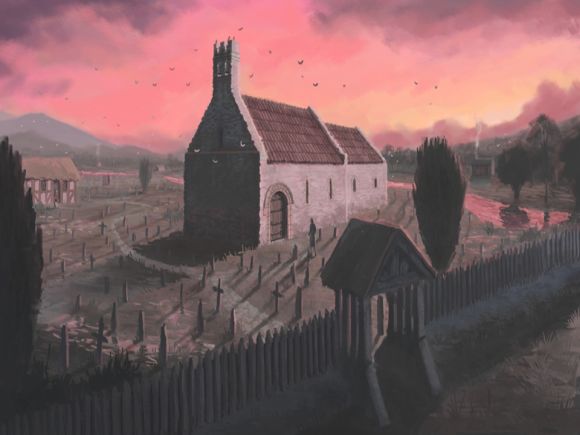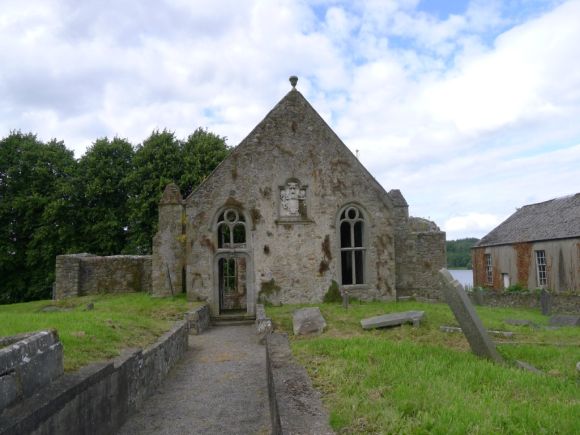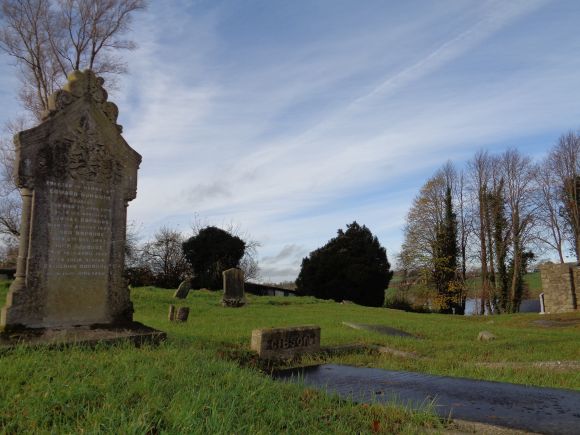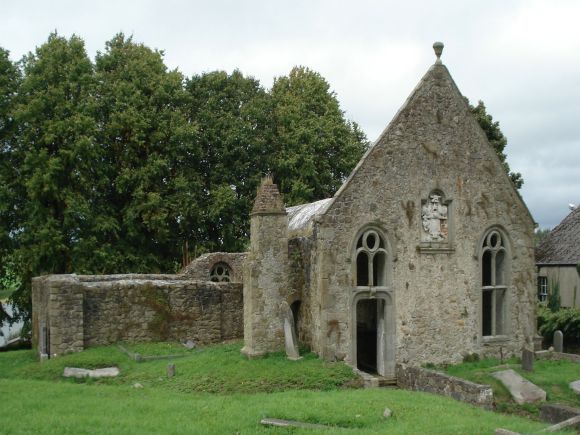



Long before a town came into existence in Killeshandra, during the seventeenth century, a rath or ringfort occupied the site where the old church still stands. It is from this that the town takes its name Cill na Seanratha, meaning the Church of the old Rath or ringfort. The earliest church is recorded as being built here by Augustinian monks from the nearby Drumlane abbey, circa 1350 and was used by local people living around and about the area. Originally the church was likely a plain stone structure with small windows and surrounding graveyard, much like other early Irish churches in this region.
During the Plantation of Ulster local lands were granted to Scottish settlers led by Sir Alexander Hamilton, task it was to build a castle and create a town. This also included the old rath church which then became used by the Protestant planter families. As the town grew in population there was a need for a larger church building, so it was that the Hamilton’s re-built the church to include a ‘T’ shaped transept and install larger windows in the gothic style. There is no exact date when this work was undertaken except that it took place after the death of Sir Charles Hamilton in 1688. It is recorded that several generations of Hamilton family are buried here and the heraldic coat of arms on the gable wall is that of Sir Charles Hamilton and his wife Catherine (nee Semple). Their son Sir Francis Hamilton is also buried here. There is a fine marble memorial erected to in the existing Church of Ireland which was removed from the old church when a new church was built in 1842. After this time the roof of the old rath church was removed and the building left to decay.
The old graveyard continued to be used by local families of all denominations until quite recently and is presently cared for by members of the local community. The earliest grave markers date from 1696 and the graveyard is popular with overseas visitors searching for their Killeshandra ancestors